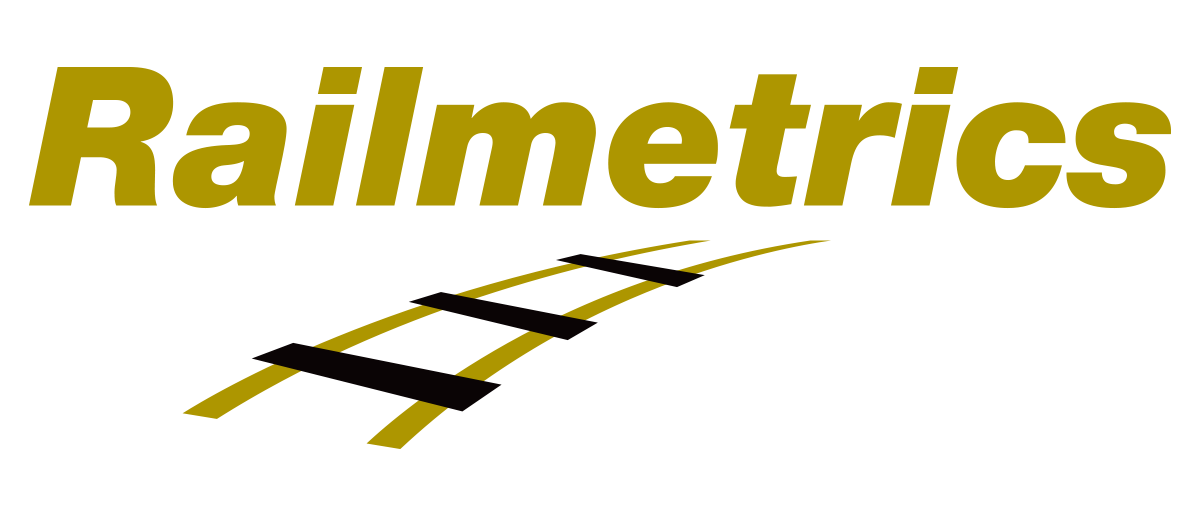Bond & Baker Street - Tunnel Lining Replacement Monitoring
Challenge
A stretch of London Underground’s Jubilee line between Bond Street and Baker Street required replacement of the water-damaged concrete lining with cast steel (SGI) segments. This extremely ambitious project involved crews operating from two special engineering trains replacing sections of lining during short overnight engineering hours shifts.
The engineering teams were operating under great time pressure and needed short-term monitoring to ensure the safety and integrity of the immediate work-zone – most critically on the temporary restraining rings. They also needed longer-term condition monitoring of the tunnel as a whole.
Monitoring the congested work-zone called for a highly mobile, responsive methodology in which small, robust wireless sensors could be moved shift-by-shift. The pressure on time meant that results were needed immediately, with real-time updates visible to the engineers on site.
Solution
Senceive’s high precision biaxial wireless tilt sensors were deployed ahead of the works, leapfrogging ring by ring. Further rings of sensors were deployed on the new lining, some following the work as it progressed and some left in place for long-term monitoring. A bespoke system was developed for the project, enabling the data to be accessed not only from the nearest platform at any time, as was originally required but also as identified during the initial trials, by the engineers on the train - this time using a local Wi-Fi connected portable device.
The system delivered the precision and stability required for this uniquely challenging project. Deformation was apparent immediately, enabling the team to respond if required. Measurements were used to calculate convergence values.
Outcome
The project ran for three years, ending in 2015. It was extremely successful and won several engineering awards. The FlatMesh™ system provided a stable platform for monitoring in highly demanding environments – both tactically for short-term deployment and longer-term structural health monitoring. Further awards and deployments have followed as a result of this ground-breaking project.
Downloads
Created on: Fri 23rd Oct 2020


Key Points
- Three-year lining replacement project required mobile monitoring every shift.
- Bespoke, highly portable solution provided high-precision monitoring in real-time to the team on site.
- Unique requirement delivered through innovation and partnership.
















